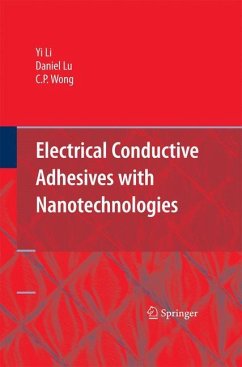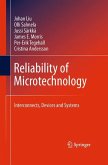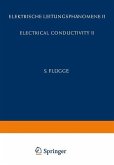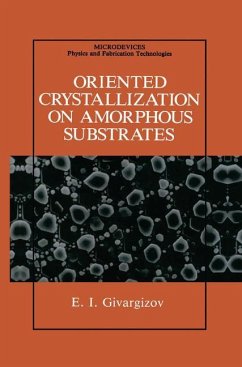"Electrical Conductive Adhesives with Nanotechnologies" begins with an overview of electronic packaging and discusses the various adhesives options currently available, including lead-free solder and ECAs (Electrically Conductive Adhesives). The material presented focuses on the three ECA categories specifically, Isotropically Conductive Adhesives (ICAs) Anisotropically Conductive Adhesives/Films (ACA/ACF) and Nonconductive Adhesives/Films (NCA/NCF). Discussing the advantages and limitations of each technique, and how each technique is currently applied. Lastly, a detailed presentation of how nano techniques can be applied to conductive adhesives is discussed, including recent research and development of nano component adhesives/nano component films, their electrical properties, thermal performance, bonding pressure and assembly and reliability.
From the reviews:
"This book is a review of the most recent advances in various types of electrically conductive adhesives, with a focus on emerging nanotechnology, including materials development and characterizations ... . Our readers who are materials scientists and materials engineers who develop electrically conductive adhesives and conductive polymers for microelectronics applications would definitely find this book very interesting. It is an excellent resource of current ECA materials, processes, and technology ... . This is truly a worthwhile reference book to own for those develop ECAs." (Electrical Insulation Magazine, Vol. 27 (2), March/April, 2011)
"This book is a review of the most recent advances in various types of electrically conductive adhesives, with a focus on emerging nanotechnology, including materials development and characterizations ... . Our readers who are materials scientists and materials engineers who develop electrically conductive adhesives and conductive polymers for microelectronics applications would definitely find this book very interesting. It is an excellent resource of current ECA materials, processes, and technology ... . This is truly a worthwhile reference book to own for those develop ECAs." (Electrical Insulation Magazine, Vol. 27 (2), March/April, 2011)









